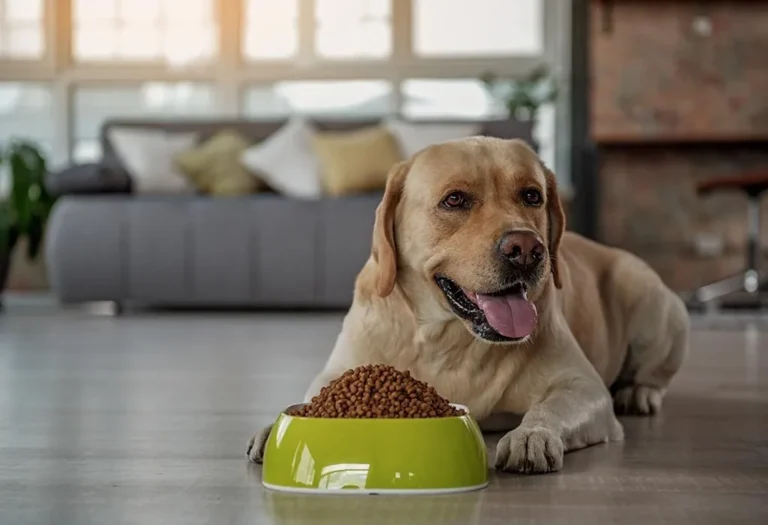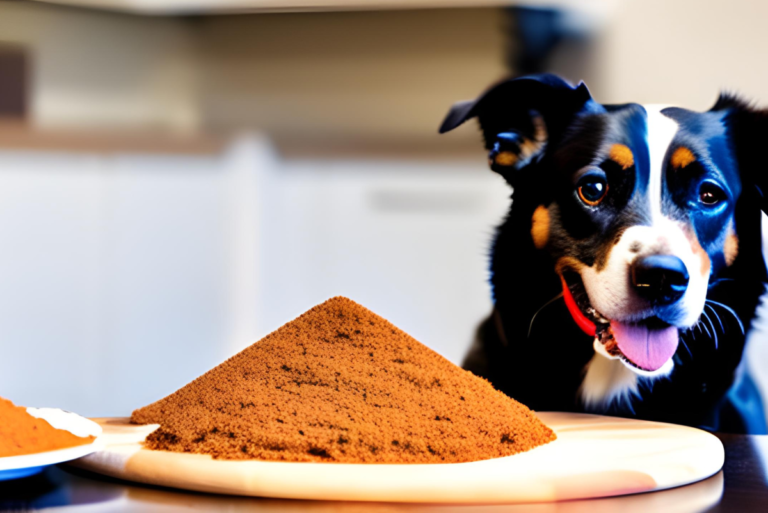Homemade Dog Treats for Your Labrador

Making homemade dog treats for your Labrador is not only a fun and rewarding experience, but it also allows you to ensure that your dog is getting the healthiest and most nutritious snacks possible. Unlike store-bought treats, which can contain preservatives and artificial ingredients, homemade treats give you complete control over what goes into your Labrador’s diet. Additionally, it’s an excellent opportunity to strengthen your connection with your four-legged companion! In this article, we’ll explore the benefits of homemade dog treats, essential ingredients, easy recipes, and tips for making and storing these tasty snacks.
1.Why Make Homemade Dog Treats?
Control Over Ingredients
When you make homemade dog treats, you know exactly what’s going into your Labrador’s snacks. You can choose high-quality, natural ingredients and avoid harmful additives, artificial flavors, and unhealthy fillers often found in commercial treats. This is especially important if your Labrador has dietary restrictions or food sensitivities.
Tailored to Your Labrador’s Needs
Every Labrador is unique, and homemade treats allow you to cater to your dog’s specific dietary needs. Whether your Lab has allergies, needs low-calorie treats, or prefers certain flavors, you can customize the recipes to suit their preferences and health requirements.
Healthier Alternatives
Homemade treats are frequently more nutritious than those bought from stores, as they’re crafted from natural, whole ingredients.. By using fresh ingredients like lean meats, fruits, and vegetables, you can create snacks that are both delicious and nutritious for your Labrador.
2. Essential Ingredients for Labrador-Friendly Treats
Choosing the right ingredients is crucial when making homemade dog treats. Here are some Labrador-friendly options:
Protein Sources
- Chicken: A lean and easily digestible protein that Labradors love.
- Beef: Another excellent protein source, rich in essential amino acids.
- Fish: Packed with omega-3 fatty acids, which are great for your Lab’s coat and skin.
- Peanut Butter: A favorite among dogs, but make sure it’s free of xylitol, which is toxic to dogs.
- Eggs: High in protein and good for muscle development.
Healthy Fats
Carbohydrates
Oats: A good source of fiber and easy on the digestive system.
Sweet Potatoes: Packed with vitamins and an excellent source of dietary fiber.
Whole Wheat Flour: A nutritious base for many treat recipes, but opt for gluten-free flours if your Lab has sensitivities.
Carrots: Low-calorie and beneficial for maintaining oral hygiene.
Fruits and Vegetables
Apples: Packed with vitamins A and C (just avoid the seeds).
Blueberries: Full of antioxidants that support your Lab’s immune system.
Pumpkin: Excellent for digestion and a favorite flavor among dogs.
Ingredients to Avoid: Be cautious with ingredients like grapes, raisins, onions, garlic, and chocolate, which are toxic to dogs.
3.Easy and Tasty Homemade Dog Treat Recipes
3.1. Peanut Butter and Pumpkin Biscuits
Ingredients:
2 ½ cups whole wheat flour
2 large eggs
½ cup canned pumpkin (unsweetened)
2 tablespoons peanut butter (xylitol-free)
Instructions:
- Preheat your oven to 350°F (175°C).
- Mix all ingredients in a bowl and blend until the dough comes together.
- Roll out the dough to ¼-inch thickness and cut into shapes using a cookie cutter.
- Arrange the treats on a parchment-lined baking sheet.
- Bake for 20-25 minutes, or until the treats are crisp and golden.
- Let them cool completely before serving.
Nutritional Benefits: Pumpkin aids in digestion, while peanut butter provides protein and healthy fats.
3.2. Sweet Potato Chews
Ingredients:
- 2-3 large sweet potatoes
Instructions:
Preheat your oven to 250°F (120°C).
Wash and slice the sweet potatoes into ¼-inch thick strips.
Arrange the slices on a parchment-lined baking tray.
Bake for 2-3 hours, flipping halfway through, until they reach your desired level of chewiness.
Allow them to cool completely before serving.
Why Labradors Love Them: Sweet potatoes are naturally sweet, making these chews a favorite treat that’s also rich in fiber and vitamins.
3.3. Chicken and Rice Training Treats
Ingredients:
- 1 cup cooked chicken, finely chopped
- 1 cup cooked brown rice
- 1 large egg
- ½ cup oat flour
Instructions:
- Preheat your oven to 350°F (175°C).
- Blend all ingredients in a bowl and stir thoroughly
- Scoop small amounts of the mixture onto a baking sheet lined with parchment paper.
- Flatten each scoop slightly with a fork.
- Bake for 15-20 minutes, or until the treats have hardened.
- Ensure they are crisp before removing from the oven.
Ideal for Training: These bite-sized treats are perfect for rewarding your Lab during training sessions, providing a healthy mix of protein and carbohydrates.
4.Tips for Baking and Storing Homemade Treats
Baking Tips
- Use Dog-Safe Ingredients: Always double-check that the ingredients you’re using are safe for dogs.
- Portion Size: Consider your Labrador’s size and dietary needs when determining treat size.
- Cooking Times: Adjust baking times based on your oven and the thickness of the treats
- Let them cool completely before using them as training rewards..
Storage
- Refrigeration: Store homemade treats in an airtight container in the refrigerator for up to two weeks.
- Freezing: Freeze treats in batches for longer storage, typically lasting 2-3 months.
Shelf Life
- Freshness: Homemade treats lack preservatives, so they won’t last as long as store-bought treats. Check for mold or an off smell as signs that the treats have gone bad.
5.Special Considerations for Labrador Treats
Caloric Intake
Homemade treats can add extra calories to your Labrador’s diet. Be mindful of portion sizes and limit treats to no more than 10% of your dog’s daily caloric intake to prevent weight gain.
Texture and Size
Adapt the texture and size of treats based on your Labrador’s life stage. Puppies may need softer, smaller treats, while adult and senior Labs might prefer crunchier snacks.
Allergies
If your Labrador has known food allergies, be sure to substitute ingredients appropriately. For example, use gluten-free flour for wheat-sensitive dogs or swap peanut butter for almond butter if peanuts are an issue.
6.Involving Your Labrador in the Treat-Making Process
Making dog treats can be a fun activity for both you and your Labrador. Let your Lab watch you in the kitchen or give them a taste of the ingredients as you prepare the treats. This not only makes the experience enjoyable but also helps strengthen your bond.
Conclusion
Homemade dog treats are a fantastic way to ensure your Labrador gets healthy, delicious snacks that are free from harmful additives.With the right ingredients, easy recipes, and proper storage, you can quickly create treats your Lab will adore.
. Plus, the time spent preparing these treats is a wonderful opportunity to bond with your furry friend.
Do you have any favorite homemade dog treat recipes? Share them in the comments below! And don’t forget to subscribe to our blog for more Labrador care tips and healthy recipes.



